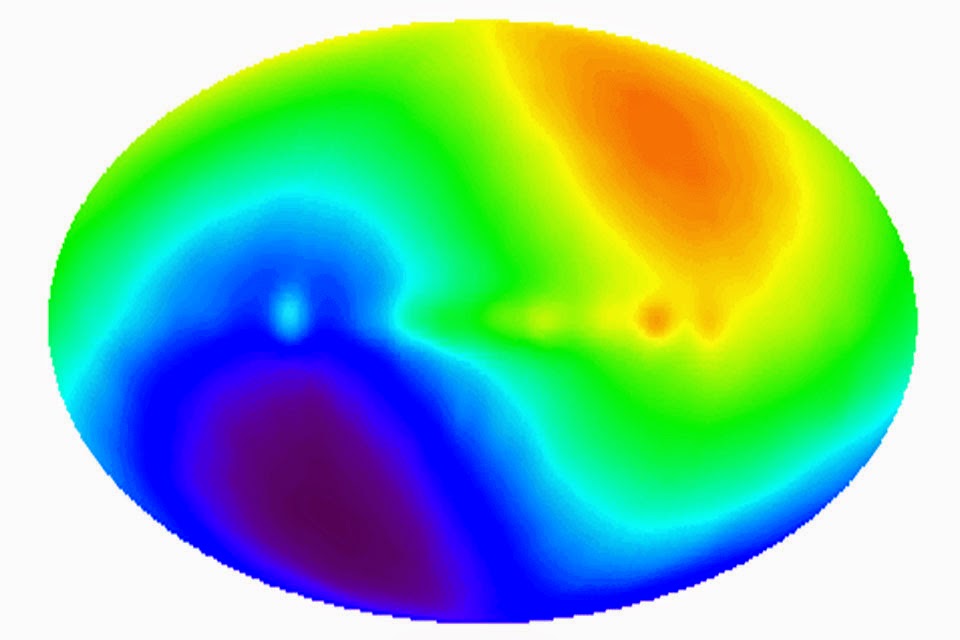I never tire of looking at pictures of the Milky Way taken from the surface of the Earth. This one (above) was taken from Reunion Island in the Southern Indian Ocean.
What we call the Milky Way is actually a spiral arm of our own galaxy which is closer to the galactic center than we are.
One of the biggest fears of space scientists is that Earth might might one day find itself looking down the polar axis of a nearby star which is about to go supernova. Until now no star fit the description but one has recently been discovered and we appear to be looking right down the barrel of the gun.
That star (possibly a double star) is Wolf-Rayett 104, about 8,000 light years distant. Sometime in the next million years this star (above) will explode and the remaining core will fire a massive gamma ray jet in our direction. We don't know enough yet to predict whether the jet will hit us directly or score a near miss.
It's unlikely but we can't rule out the possibility that the star has already exploded thousands of years ago and the gamma rays simply haven't arrived yet. They could be here tomorrow.
Above. the rings of Neptune.
Above, a heat map of the sky taken by the COBE satellite. It shows that one side of the sky is warm and another relatively cold. By measuring the difference scientists can calculate how fast the Earth is moving through the universe relative to the background radiation. Our speed it turns out, is an unexpected 600 kilometers per second. That's very fast. No one knows why we should be moving at that speed.
What you see here (above) is a recent imrovement on the deep field picture we all saw on the news a couple of years ago. These are some of the most distant stellar objects it's possible to see. The galaxies shown here are all very young, only a few hundred million years old.
It's puzzling because you'd think that stars would form first then clump together into galaxies, but that doesn't seem to be the case here. Maybe stars were abundant but were too small for the Hubble to resolve, but it's also possible that galaxies of some sort precede stars.






No comments:
Post a Comment